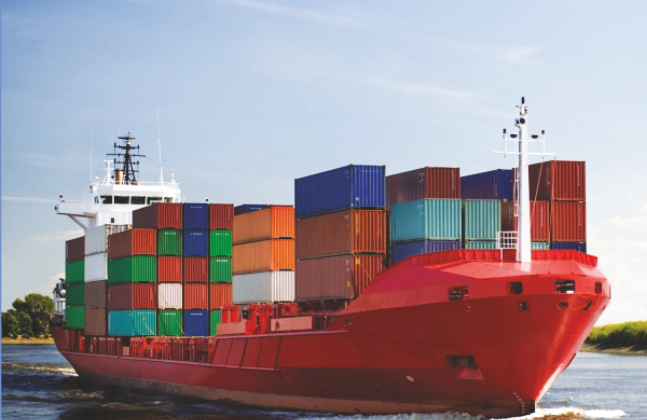August 5, 2020: Container transshipment volumes at Sri Lanka’s Colombo port which mainly come from external trade in other South Asian nations have seen a steady recovery up to June 2020 data show as the region’s external trades struggles to recover in a Coronavirus crisis.
Transshipment containers to Colombo come mainly from India and Bangladesh and are generally driven by trends in global trade.
Transshipment throughput in Colombo plunged to 375,241 in April from 501,478 in March as India locked down.
Sri Lanka’s Colombo port was open throughout the crisis as aggressive contact tracing and quarantine kept Coronavirus under check in the Indian Ocean island.
But volumes dropped as India ordered strict curfews.
Sri Lanka along with some other countries that had close links with China started to restrict entry visa and isolating arrivals early and stopped the Wuhan Wave epidemic and did not re-export infected persons like Western nations, where the Wuhan wave triggered community transmission early.
Volumes recovered to 407,139 in May and to 452,131 in June.
Sri Lanka has been transshipping between 450,000 to 500,000 containers a month, in the period before Coronavirus hit the region.
In April domestic volumes also dropped with curfews were imposed in Colombo crippling domestic retail trade and other economic activities. But activities were gradually allowed to resume from May.
Domestic container volumes fell to 62,357 in April from 99,658 in March.
Volumes recovered to 79,796 in May and to 73,329 in June.
Though Coronavirus curfews have ended Sri Lanka has imposed a trade lockdown after the central bank printed money and de-stabilized a soft-pegged exchange rate regime.
The trade lockdown is the worst since the external controls slapped in the 1970s when the Bretton Woods soft-pegs collapsed after US Fed chief Arthur Burns tried to target an output gap with open market operations.
In Sri Lanka there is a strong Mercantilist belief that monetary instability involving balance of payments troubles and currency collapses come not from money and credit but from trade.
Source: economy next








